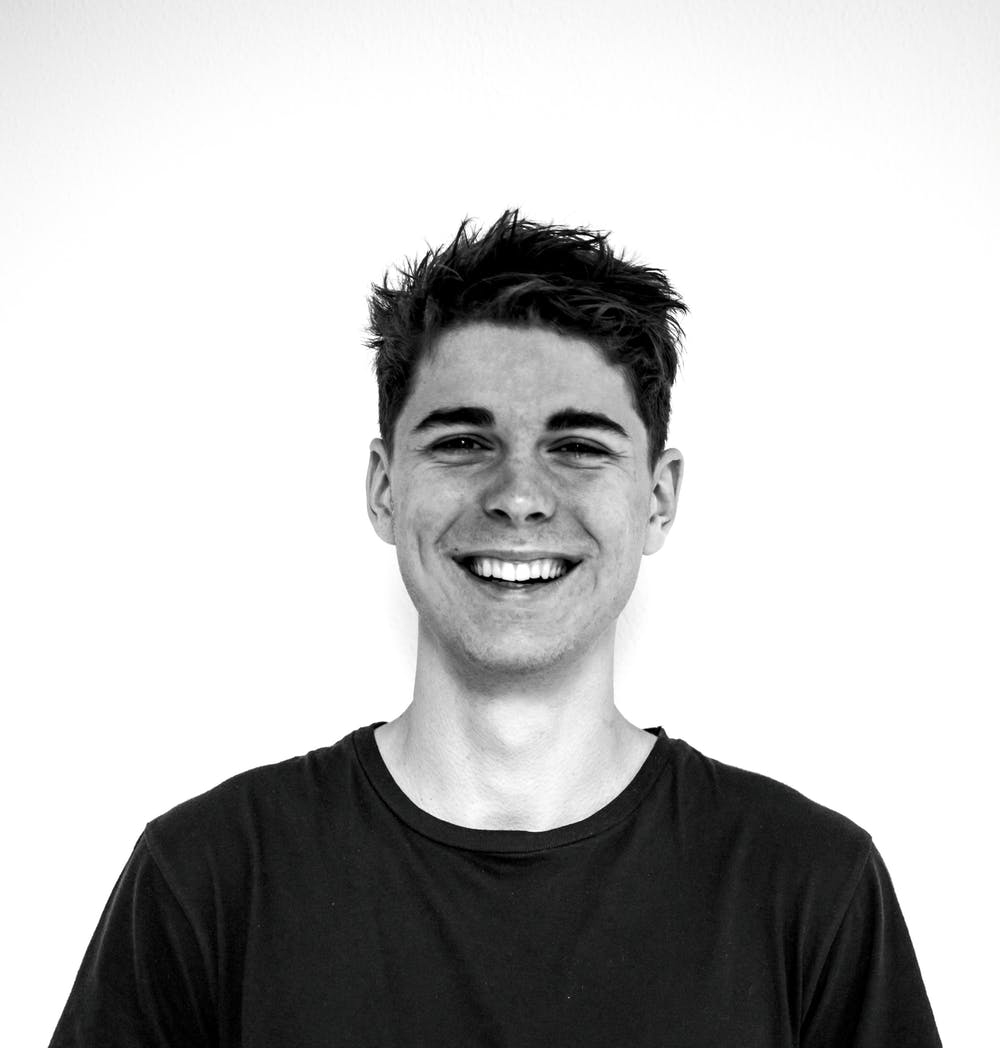-
1Day 1 Sacro Monte Varese
Note: The guided tour includes the sacred way, which requires a good ability to walk. For those not interested in the chapel route, we suggest signing up for the guided tour of the Lodovico Pogliaghi House Museum and the village of Santa Maria del Monte.
Built on the mountain of Velate between 1604 and 1698, the Sacro Monte di Varese stands alongside the Sacro Monte di Varallo as one of the Sacred Mountains of Piedmont and Lombardy. These architectural complexes were recognized by UNESCO as World Heritage Sites in 2003 for their spiritual and artistic significance. Promoted by the Counter-Reformation Church to strengthen the devotion of the faithful against the Protestant Reformation, the Sacro Monte di Varese consists of a sacred way approximately 2 km long, punctuated by fourteen chapels that illustrate the mysteries of the Rosary.
The guided tour will begin with the sacred way, allowing visitors to admire the decorations of each chapel. Polychrome terracotta sculptural groups, created by artists such as Francesco Silva, Dionigi Bussola, and Marco Antonio Prestinari (the latter also worked at the Milan Cathedral), are perfectly set within frescoes that either represent a vast landscape, simulate an architectural interior, or narratively include other characters in the depicted events. Notable painters involved include Pier Francesco Mazzucchelli, known as il Morazzone (VII chapel, 1609), Antonio Busca (X chapel, 1668-71), and Stefano Maria Legnani, known as il Legnanino (XIV chapel, circa 1710).
At the end of the sacred way, leading to the village of Santa Maria del Monte, the tour will continue with a visit to the Sanctuary. The Sanctuary today features grandiose 17th-century frescoes within sumptuous Baroque stuccoes, which replaced the late 15th-century decorations from the transformation of a previous Romanesque building promoted by Galeazzo Maria Sforza. The church’s historical layers are well documented by the recently restored Romanesque crypt, which contains fresco fragments from various periods.
Walking through the charming streets of the village, we will finally arrive at the Lodovico Pogliaghi House Museum. This residence, designed by the Milanese artist Pogliaghi (painter, sculptor, architect, and scenographer), was intended as a workshop-museum where he could indulge his passions: artistic creation, study, collecting, and landscape contemplation. Crossing the courtyard scattered with antiquities, we enter the villa, a true reflection of Pogliaghi’s eclectic taste, evident in both the vast collections and the specific furnishings of each room. Highlights include the oriental-inspired Golden Gallery, replicating the luxurious ceiling Pogliaghi created for the shah of Persia’s bath hall, the Exedra (inspired by the Pantheon in Rome) housing Pogliaghi’s rich archaeological collection, and the Atelier room featuring the original plaster cast of the central door of the Milan Cathedral.
A final look at the surrounding scenic panorama will conclude this stimulating itinerary through the Campo dei Fiori Natural Park, blending art, nature, and devotion.
SACRO MONTE DI VARESE, A SPIRITUAL ASCENT
1 DAY
QUOTE ON REQUEST FOR GROUPS OF MINIMUM 20 PEOPLE
THE PRICE INCLUDES
- Meals: indicated in itinerary
- Guide: professional English-speaking local guide
- Entrance ticket
- Wireless head-phones
- Taxes: all taxes charged by local government on services which are part of the land program are included except those imposed by airports or accommodation which are subject to change
- Not refundable administration fee
THE PRICE DOES NOT INCLUDE
- Flight ticket to Italy, flight ticket to your city of origin
- Health insurance
- Any meals and beverages not specified in the itinerary
- Personal expenses such as laundry, telephone calls, room service
- Any local accommodation charges which must be paid locally
- Tips to coach driver, guide and local guides will be collected by the tour escort from each participant
- Any other items not indicated as included on the itinerary
TERMS OF PAYMENT
Bank transfer to INTESA SANPAOLO – Milan office – registered to Duomo Viaggi & Turismo iban: IT73V0306909606100000017126 (causal: SACRO MONTE DI VARESE, A SPIRITUAL ASCENT)
Note: The itinerary could change due to organizational reasons. Visits will be respected or substituted with others with the same value, if necessary.
Partnership with Milano Guida
DOCUMENTS REQUIRED
You will need a valid Passport to enter in the country. Italy require that your passport is valid for at least six months from your date of entry. It is always wise to have contact information for Embassies and Consulates for the countries you plan to visit. A complete listing of embassies can be found at http://www.usembassy.gov/. No refund will be considered valid to those in possession of a non-original or expired document.
ADVANCES AND SALE
When you book a tour, a 25% deposit and insurance is requested ( the payments will be accepted in the form of money order or credit card ). Sold must be paid, at least 30 days before departure. Travel documents will be delivered only after sold payment. PLEASE NOTE: for those who book online, only one credit card payment is required
TRAVEL INSURANCE
Please be informed that flights are not included in our travel packages. Therefore, transportation to Italy must be arranged independently. Consequently, no insurance coverage is provided by us for flight cancellations, delays, or loss/damage of personal baggage during the transit. Clients are advised to seek assistance directly from the airline or the respective agency they have engaged with.
Duomo Viaggi & Turismo has stipulated a travel insurance with AXA insurance (policy No. 28436) providing assistance for medical expenses in travel. The maximum rates for medical travel expenses are: Italy € 1,000 / Europe € 50,000 / Rest of the world including the Russian Federation € 50,000. Duomo Viaggi & Turismo has also a protection in the event of insolvency of the organizer with Fondo Vacanze Felici. For more information, visit www.duomoviaggi.it
CANCELLATION POLICY
Applied percentages:
– 10% penalty on the individual participation fee from the registration up to 45 working days ** before departure;
– 30% penalty on the individual participation fee from 44 to 30 working days ** before departure;
– 50% penalty on the individual participation fee from 29 to 20 working days ** before departure;
– 75% penalty on the individual participation fee from 19 to 15 working days ** before departure;
– 100% penalty on the individual participation fee from 14 working days ** before departure.
Penalty of 100% of the individual participation fee is also up to traveler who can’t undertake the journey for an irregularity of expected personal expatriation documents and also for the traveler who decides to interrupt the journey or stay already undertaken.
VARIOUS
CLOTHING: we recommend a clothing according to the season of travel, comfortable shoes for daily visits, a sunglasses and a small umbrella.
HEALTH STANDARDS: we recommend to get yourself some essential medicines. A person who has ongoing therapies with medicines brings sufficient quantities for the duration of the tour

